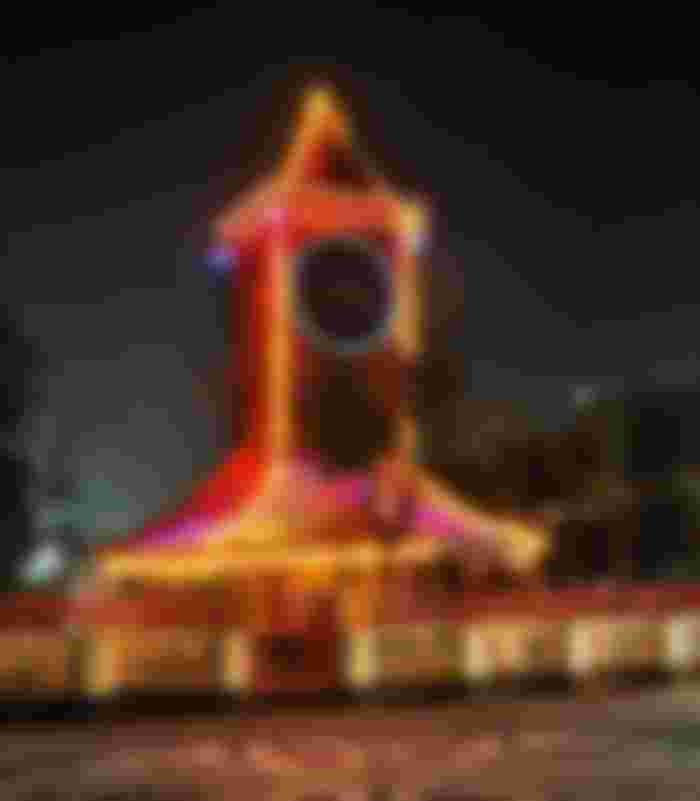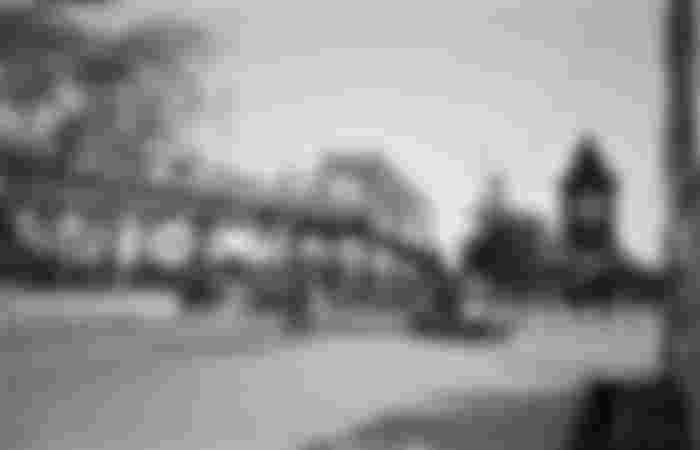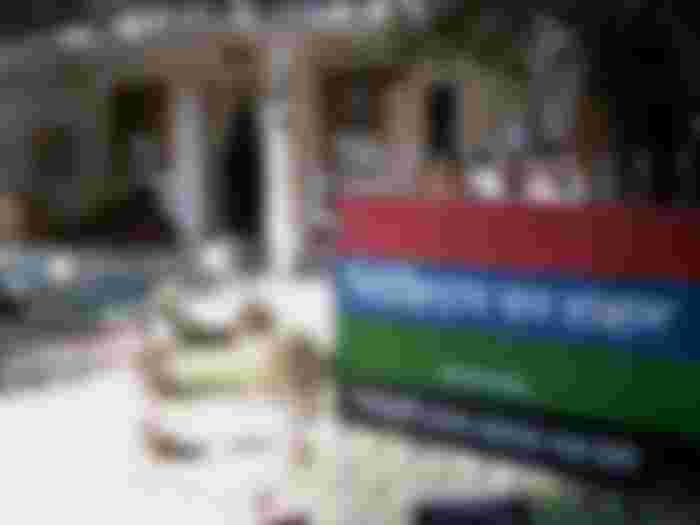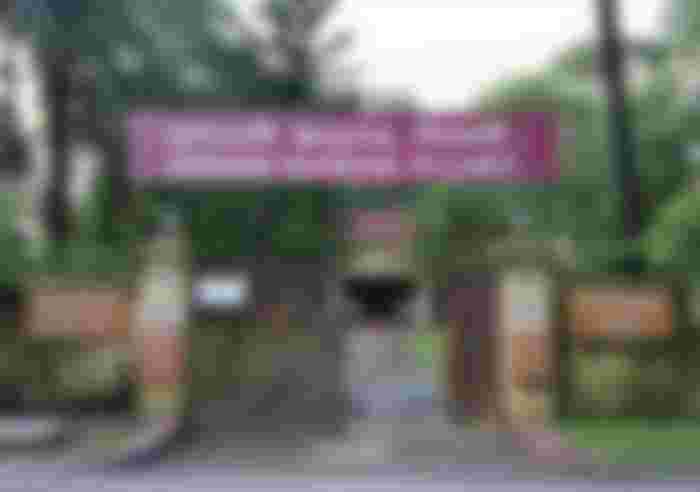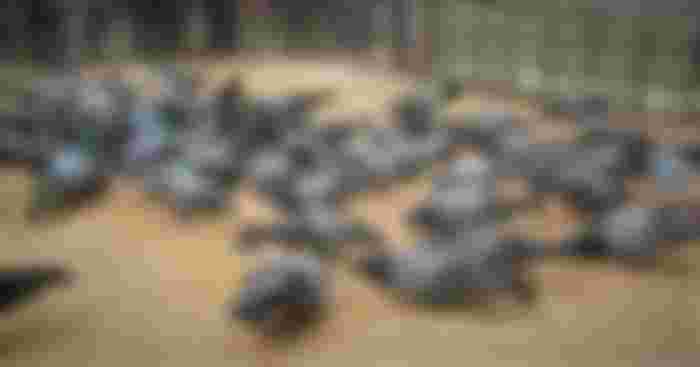Sylhet is the name given to those who love to visit hills, springs, canals and beels after Bandarban, Rangamati and Khagrachari. The difference between Sylhet and the three hill districts is that there are many canals, beels and haors. The thing about Sylhet that is not comparable to any other district in the country is the tea garden here.
Sylhet, once associated with Assam, became part of Bangladesh, but the tea gardens here were not lost. Just as these tea gardens have made Sylhet naturally beautiful, they have become a part of Sylhet's heritage. And there are various historical sites scattered in the city of Sylhet.
Located in the northeast of Bangladesh, Sylhet, the land of 360 Auliyas, covers an area of 3,452.07 sq km. It is bounded on the north by Meghalaya (Khasia and Jaintia hills), on the east by Assam (Kachar and Karimganj districts), on the south by Moulvibazar and on the west by Sunamganj and Habiganj. Perhaps it is because of the diverse natural boundaries of Sylhet that such a beautiful combination of tea gardens, hills, hills, haors and springs has developed here.
Sylhet can be reached by both bus and train from the capital Dhaka. It usually takes five to six hours to reach Sylhet by train from Dhaka. From Dhaka to Sylhet go Jayantika Express, Parabat Express, Paharika Express, Upban Express, Kalni Express and Surma Mail. There are some more buses including Shyamoli, Hanif, Unique, Ena to go to Sylhet. They stop at Kadamtali bus stand in Sylhet. Although it usually takes about five hours to get on the bus, it can take longer depending on the traffic and the weather. Those who go to Sylhet by regular train may not mind. But newcomers will get a taste of the roller coaster on the train. It's not like a train descends into a ditch from a high hill like a roller coaster, but it is constantly bumping (swinging up and down). And its speed is such that you can't stand without holding something. If you are a listener of rock or metal music, you can make this situation enjoyable by listening to this genre of music with headphones in your ears.
Eating in Sylhet is not supposed to be a problem. There are many hotels to stay and eat here centered on tourism. There are many hotels scattered all over the city. Hotel business is growing in Sylhet. Those who go on a group tour should ask before booking a hotel room how many people can stay in one room, as some hotels do not allow more than two people to stay in one room.
As the sun rises in Sylhet, it may rain heavily throughout the day. So umbrellas, raincoats, polythene, extra clothes, etc. should be kept with. It may be that you returned to the hotel with wet clothes and woke up the next morning when it was still raining.
If you want to visit Sylhet, you can start with the city because there are several places to visit in the city.
Queen Bridge
You have to plan a bit to get around Sylhet, because there are so many places to visit. Some of it is in the city, some around it, and some outside the city. As soon as you enter the city of Sylhet, you will see the Queen Bridge. The traditional bridge over the river Surma is the gateway to the city. One can tell by looking at the construction style and structure of the bridge that it is a pattern of the British period. The bridge was built in 1933 to run trains over the Surma river. It was named after the then Governor of Assam, Michael Quinn. Now of course cars pass through it.

Ali Amjad's watch
“Stairs to Chadni Ghat
Ali Amjad's watch
Friend Babu's beard
And Jitu Mia's house "
The famous Ali Amjad watch mentioned in the legend of Sylhet can be seen while crossing the Queen Bridge. It was built on the banks of the river Surma at his own expense by Ali Amzad, a zamindar of Prithim Pasha in Kulaura upazila of Moulvibazar district, on the occasion of Lord Northbrook's visit to Sylhet in 1874.
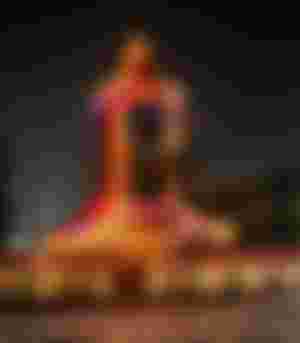
Jitu Mia home
This house is a traditional house of the city. It is located on Kazir Bazar South Road in Sheikhghat. The house is built on 1.365 acres of land. Khan Bahadur Abu Nasr Mohammad Ehiya, known as Jitu Mia, built the house. The house was relocated to its present location when it was damaged by an earthquake in 1897.
Manipuri Rajbari and Manipuri Museum
People of Manipuri community have been living in Sylhet for a long time. The palace is located between Mirzajangal and Lama Bazar areas of the city. One-third of the palace has been destroyed due to lack of maintenance, and what has survived is also destroyed. At present the people of Manipuri Brahmin and Tagore families have been living here for generations. Here you can see a one mana bell left by the Manipuri king.
A Manipuri Museum has been set up to showcase Manipuri culture, history and heritage. It is located in Subidbazar.

Museum of Rajas
The museum is located in Zindabazar of the city. It is built to hold the memory of the mystic poet Hasan Raja and his family. Here is the manuscript of the king's song, the dress, the Khan Bahadur Medal given by the British government and much more to see.

Osmani Museum
The museum has been built in the memory of General MAG Osmani, the Commander-in-Chief of the Liberation War. It is located at Nur Manzil in the Nairpool area of the city. This Nur Manzil is the ancestral home of General Ataul Gani Osmani of Bangabir.

Gaur Govinda Fort
It is the fort of the Hindu king Gaur Govinda, which was destroyed when Hazrat Shahjalal (ra) came to preach Islam. It is located at Vartukhola near Sylhet railway station.

Mazar Sharif of Hazrat Shahjalal (Rah.)
It is located in the heart of the city. There is no person in Sylhet who does not know this place. So finding it is not a difficult task. It can be said that without it, the city of Sylhet would not be where it is today. This is why the city of Sylhet is so famous. When visiting Sylhet, tourists visit this shrine at least once. Even people from different parts of the country come in groups of buses every year just to visit the shrine.
Hazrat Shahjalal (Rah.) Came to Sylhet in 1303. He was a resident of Yemen in Arabia. It is said that the soil of Sylhet is similar to the soil given by Hazrat Shahjalal's uncle.
A mosque was built in 1400 in the Dargah Square inside the shrine. It is known from ‘Shrihat Darpan’ (the first history book of Sylhet written in Bengali) that Shahjalal (Rah.) Lived on a small hill, where he was buried after his death.

This is a holy place for the people of Sylhet. You can really understand the devotion and love of the people of Sylhet for this place. There is carrot fish in a pond of the shrine. These fish are considered sacred and are eaten by visitors, which are sold inside the shrine. In 2003, more than 700 fish died due to poisoning and the pond became fishless. In 2004, carrots were released in the pond again. It is also seen here that a special Jalali pigeon was given as a gift to Nizamuddin Aulia (Rah.) Shahjalal (Rah) of Delhi. There is a water well here. This well was dug to alleviate the shortage of potable water in Sylhet at that time. It is believed that Shahjalal (ra) arranged for the digging of this well at the behest of the Creator. It is also believed to be connected to the Yam Yam well in Mecca. There are three huge pots that were once cooked.

Thanks for reading this article for so long.
If you like it Upvote Can give.

